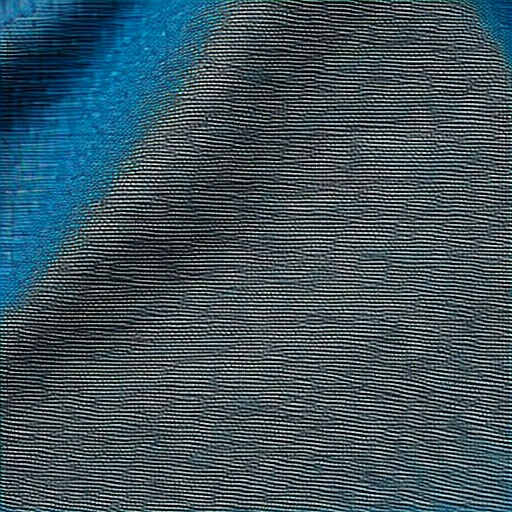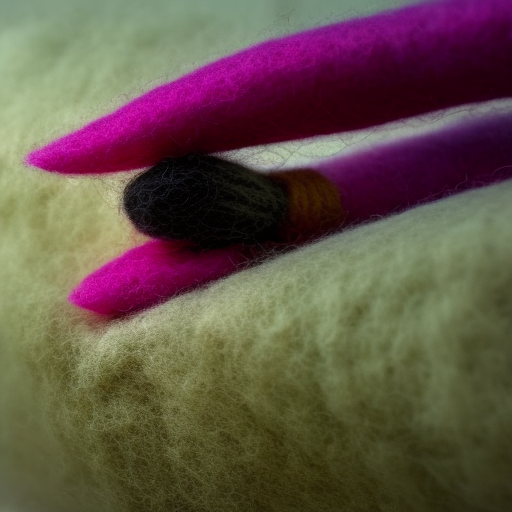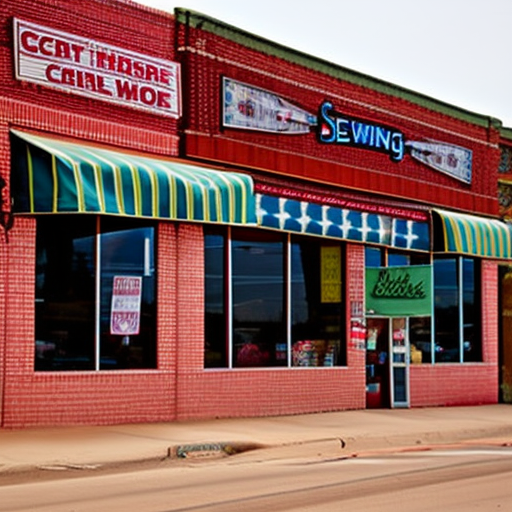
In the world of sewing, knowing the various fabric types is essential for creating beautiful garments and projects. Each fabric comes with its unique characteristics, making it crucial to understand their qualities, proper handling, recommended uses, and care instructions. This article serves as a comprehensive guide to some common sewing fabric vocabulary.
1. Cotton
Cotton is a natural fabric made from soft fibers that grow around the seeds of the cotton plant. It is versatile, breathable, and comfortable to wear, ideal for making lightweight clothing, home décor items, and quilts.

2. Silk
Silk is a luxurious and lustrous natural fabric that originates from the silkworm’s cocoon. It has a smooth and delicate texture, making it perfect for elegant and formal clothing items like dresses, blouses, and scarves.

3. Linen
Linen is a natural fabric made from the flax plant. It is lightweight, breathable, and offers excellent moisture-wicking properties, making it ideal for summer clothing, beddings, and tablecloths.

4. Wool
Wool is a natural fiber obtained from sheep or other animals like alpaca or cashmere goats. It provides excellent insulation, making it suitable for warm and cozy clothing such as sweaters, suits, and blankets.

5. Polyester
Polyester is a synthetic fabric known for its durability and wrinkle resistance. It is frequently used in a wide range of garments, including dresses, skirts, and jackets. It’s also blended with other fabrics to enhance their properties.

6. Velvet
Velvet is a luxurious fabric characterized by its dense and soft texture. It is often used for creating elegant evening wear, upholstery, and decorative items. Velvet can be made with various fibers, including silk and synthetic materials.

7. Denim
Denim is a sturdy cotton fabric, typically woven with indigo-dyed warp yarn and undyed weft yarn. It is commonly used in making jeans, skirts, and jackets due to its durability and casual aesthetic.

8. Chiffon
Chiffon is a lightweight and sheer fabric that drapes beautifully. It is often used for creating feminine and floaty garments like evening gowns, scarves, and blouses.

9. Satin
Satin is a smooth and glossy fabric with a lustrous face and matte backside. It is commonly used for constructing luxurious nightwear, lingerie, and formal dresses.

10. Leather
Leather is made from the hides of animals and is known for its durability. It is used in various sewing applications, such as jackets, bags, and shoes, offering a rugged and classic look.

These are just a few examples of the countless fabric types available for your sewing projects. Each fabric brings a distinct character and functionality, allowing you to bring your creative visions to life. Familiarizing yourself with different sewing fabric vocabulary will enable you to choose the perfect fabric for each project, ensuring your creations stand the test of time.





Great article. It’s so helpful!
This is a great resource for anyone wanting to learn about fabric and begin their sewing projects! Really enjoying all this knowledge!